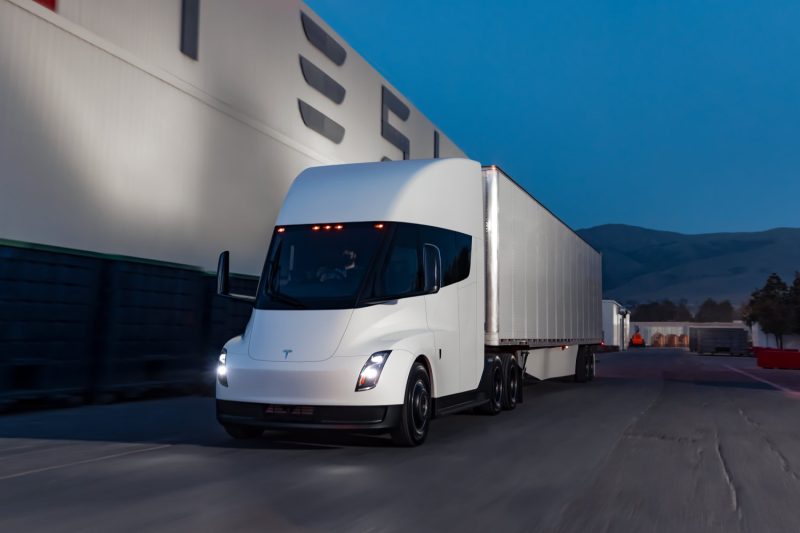
Fiery Tesla Semi in California Douses Flames with 50,000 Gallons of Water!
In a recent incident that took place in Rialto, California, a Tesla Semi truck caught fire on the I-210 freeway. The raging fire required a massive 50,000 gallons of water to extinguish, highlighting the challenges that emergency responders face when dealing with electric vehicle fires.
The Tesla Semi truck fire in California serves as a stark reminder of the potential risks associated with electric vehicle incidents. While electric vehicles are generally considered to be safer and more environmentally friendly than traditional gasoline-powered vehicles, they present unique challenges in the event of a fire.
One of the main difficulties emergency responders face when dealing with electric vehicle fires is the sheer amount of water required to extinguish the flames. Unlike gasoline fires, which can typically be put out with foam or conventional fire suppression methods, lithium-ion battery fires in electric vehicles are best controlled with copious amounts of water. In the case of the Tesla Semi fire in California, the 50,000 gallons of water used to extinguish the blaze underscore the significant resources needed to combat such incidents.
Additionally, electric vehicle fires can present challenges in terms of battery reignition. Lithium-ion batteries can reignite hours or even days after the initial fire has been extinguished, posing a continued risk to emergency responders and the surrounding area. As a result, special precautions and procedures must be followed to ensure the fire is fully extinguished and that there is no risk of reignition.
Furthermore, the Tesla Semi fire in California raises questions about the safety protocols and procedures in place for electric vehicle incidents. As electric vehicles become more common on the roads, it is crucial that emergency responders receive adequate training and resources to effectively deal with these types of fires. This incident serves as a call to action for increased awareness and preparedness when it comes to responding to electric vehicle emergencies.
In conclusion, the Tesla Semi fire in California serves as a stark reminder of the unique challenges that electric vehicle fires present to emergency responders. From the massive amounts of water needed to extinguish the flames to the risk of battery reignition, incidents involving electric vehicles require specialized knowledge and resources. As electric vehicles become more prevalent, it is essential that emergency responders are equipped to effectively handle these types of emergencies to ensure the safety of everyone involved.
